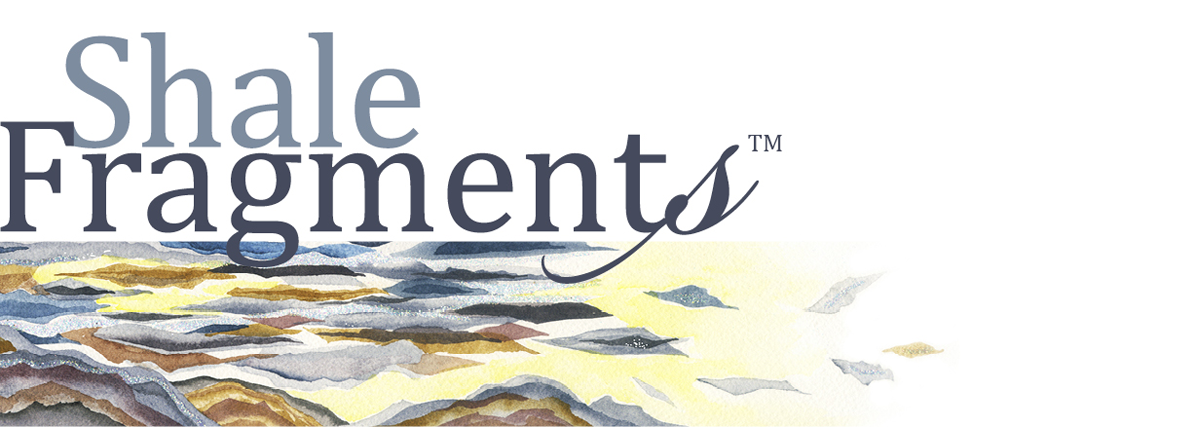Revelation - 3. Outline – Scene 1 - The Island called Patmos (1:9 - 3:20)
3. Outline - Scene 1 - The Island called Patmos (1:9 – 3:20)
The Real-Life World of Revelation
Print the 4-page PDF (includes worksheet)
- The Historical Context of the Asia Minor Communities
- Descriptions of Yeshua
- The 7 Messages to the 7 Churches
The 4 scenes (or sections) of Revelation are separated by the author’s words I was in the Spirit.
Scene 1:
“I was in the Spirit on the Lords’s day and I heard behind me a voice like the sound of a shofar, saying, ‘Write in a scroll what you see, and send it to the seven churches: to Ephesus and to Smyrna and to Pergamum and to Thyatira and to Sardis and to Philadelphia and to Laodicea.’ And I turned to see the voice that was speaking to me. And having turned, I saw seven golden lampstands and in the middle of the lampstands One like the Son of Man…” (1:10-13a)
Scene Summary: Scene 1 includes descriptions of Yeshua (Jesus) as well as His messages to the Apostle John to write to each of the seven churches. Let’s begin with a bit of context:
The Historical Context of the Asia Minor Communities
The Roman emperors and Ceasars who ruled Asia-Minor (modern western Turkey) were called sons of the gods. They connected themselves as offspring to the deities of the time. Their victories, announcements, and achievements were said to be for the benefit of the people and were called euaggelion or good news and peace. They believed they sat in heaven at the right hand of the gods after their death. They called themselves savior and lord.
The terms pre-date the emperors; they are found in the Hebrew Bible. The Jewish Christians were familiar with them and used them purposely to speak in direct opposition to the empire. John taught that to be a Faithful Witness, only One could be called the Son of God, the Good News, and only One could sit at the Father’s right hand. They opposed the empire by using the language of the empire.
Roman propaganda was spread with the use of temples and shrines, the Greek market, and PAX ROMANA. Temples were not only places of worship but centers where the expression of loyalty to their gods was enforced. In the market, one’s ability to conduct business was contingent upon expressing that loyalty; an oath or tribute was required, and a white stone, stamp, or mark was sometimes used to prove that dues had been paid. PAX ROMANA or The Peace of Rome was an order imposed by the emperor by any means; chaos and destruction were promoted as Peace.
John’s letters to the seven Asia Minor communities mentioned in Chapters 2 and 3 are dated by most scholars in the mid-90s near the end of Emperor Domitian’s reign; however, his letters could have developed over time with much reflection. He wrote them at the sound of Yeshua’s voice to His followers dispersed in those cities along a trade route.
John had personally known and pastored these Christians. He knew they were comfortable in this prosperous, wealthy, fertile, industrious part of the Roman empire, and so he passionately sought to protect them from the temptation of assimilating into their surrounding idolatrous culture. Some had already assimilated too much. By the Spirit of the Living God and the Lamb, John’s passion to urge them away from assimilation is his purpose for most of the book of Revelation.
Descriptions of Yeshua
John taught that being Jewish hinged on identifying Yeshua as Israel’s Messiah for the entire world.
(His vision of Yeshua sharing the throne with Yahweh was blasphemous to the unbelieving Jews, and so set him in conflict with them.) His visions of Yeshua are breathtakingly beautiful in their apocalyptic symbolism!
- In Revelation 1:4-5, John alludes to passages in Psalm 89 that refer to the grieving Messiah. Yeshua is:
- The Faithful Witness – Psalm 89:36-37, 20-21 – He died and rose as a witness (martureo) to the power of the Kingdom of Shalom.
-
- The First-Born from the dead – Psalm 89:27a – He suffered and died as the Slaughtered Lamb.
- The Ruler of the kings of the earth – Psalm 89:27b – He is the only One Who qualifies because He conquered in a way no one could (no violence). His suffering and death models the way of God’s Kingdom – the way that forgives, heals, and transforms.
- The First-Born from the dead – Psalm 89:27a – He suffered and died as the Slaughtered Lamb.
- In Revelation 1:12-20, John alludes to Daniel 7, 10, and 1 Enoch (an insight into early Jewish belief found in the Qumran scrolls). The prophet Daniel describes and combines the Ancient of Days and the human Son of Man Who Jews believed was the coming Messiah. John declares that Yeshua is the hope and expectation of Yahweh bringing His Kingdom of Shalom on earth. (The FCAM JCs also believed Antiochus IV Epiphanes, the Seleucid Greek king from 175 to 164 BCE, was the enemy of Daniel 7:9-14.)
- Going further, in Revelation 5:1-7, John alludes to Genesis 49:8-10 and Isaiah 53.
John heard the Lion of Judah but turned and saw the Slaughtered Lamb.
- What John heard about the Messiah was from his tradition (Genesis 49:8-10 – Jacob’s words on his deathbed to his son, Judah). He expected Him to be the Lion of Judah.
- But then John saw the Lamb. Isaiah 53:7f informed him of the Lamb. John’s message became:
The suffering of Yeshua qualifies Him to bring about God’s Kingdom. In Revelation 19, Yeshua is a Warrior, but He is still the Slaughtered Lamb because His robe is dipped in blood from His sacrifice. He wars with His sacrifice. (This will be expounded upon later.)
- What John heard about the Messiah was from his tradition (Genesis 49:8-10 – Jacob’s words on his deathbed to his son, Judah). He expected Him to be the Lion of Judah.
The 7 Messages to the 7 Churches
Each letter included:
- An Introduction with a component of the vision of Yeshua from 1:13-20 relevant to each church
- A Commendation (but not Laodicea)
- A Concern
- Counsel
- A Promise or Blessing corresponding to descriptions of the new heaven and earth in Chapters 21-22
As you read the full letters in Chapters 2 and 3 of Revelation on your own, look for these five elements in each one, and use the worksheet on the last two pages of the PDF to fill in the blanks. Also, notice the cities’ historical descriptions noted at the beginning of each, and think about how Yeshua’s words may have applied to the first hearers and how they apply to us.
Shale Fragments™ - devotionals by Beth Ann Phifer is a division of Flower Girl Greetings, LLC. ©2024, All Rights Reserved.
Blessings and love in Him,
Beth Ann
When you subscribe to the blog, we will send you an e-mail when there are new updates on the site so you wouldn't miss them.

Welcome to Shale Fragments, a collection of writings and art for individual and group use!
Teaching God’s truth and the beauty of His Word is my greatest delight! My art card company, Flower Girl Greetings, was launched in 2012 with this purpose. In April 2020, ShaleFragments.com became the gathering place for the writings.
As I have studied the rich meanings of the original Greek and Hebrew languages of the Bible, I continue to see beautiful progressions and connections that compel me to organize and convey their life-changing beauty!
Please click on each category to access a list of contents or scroll through the posts. To receive Shale Fragments updates, please subscribe here.


Comments